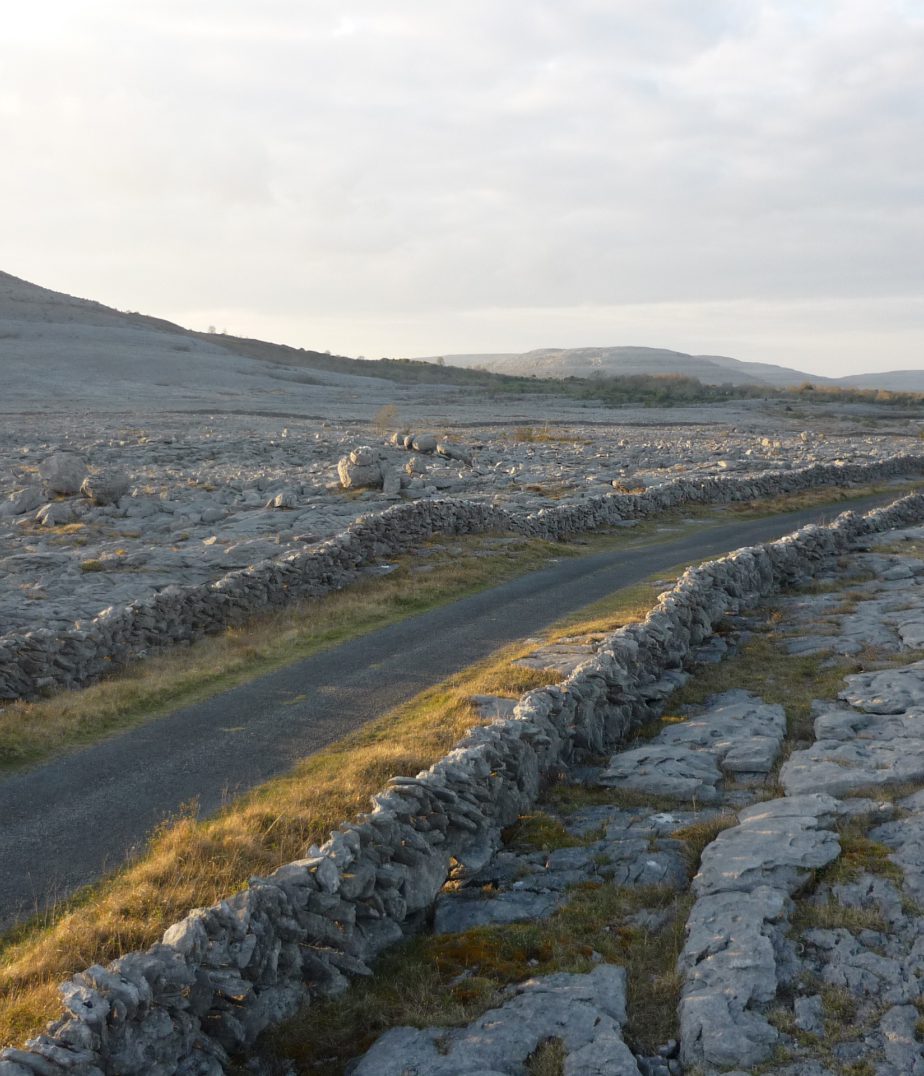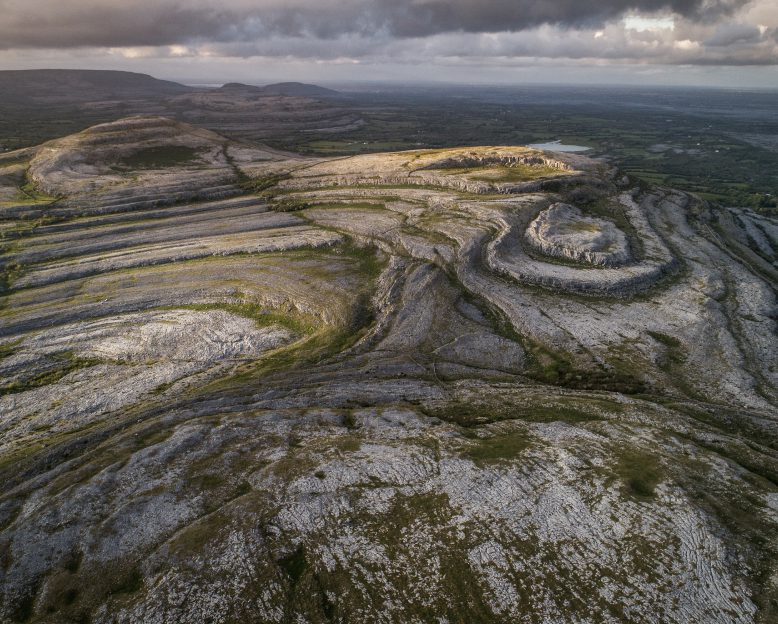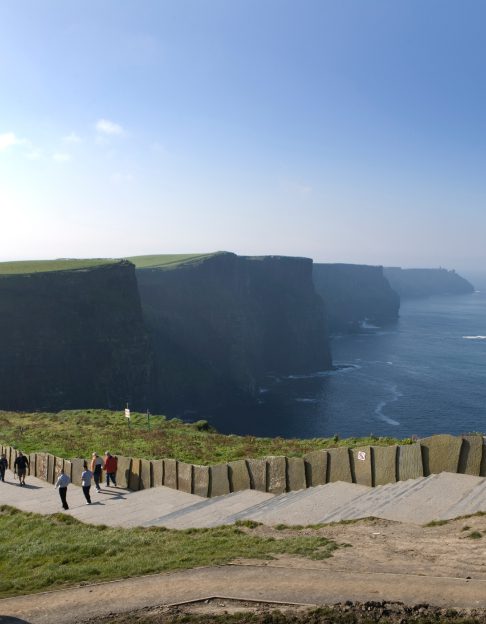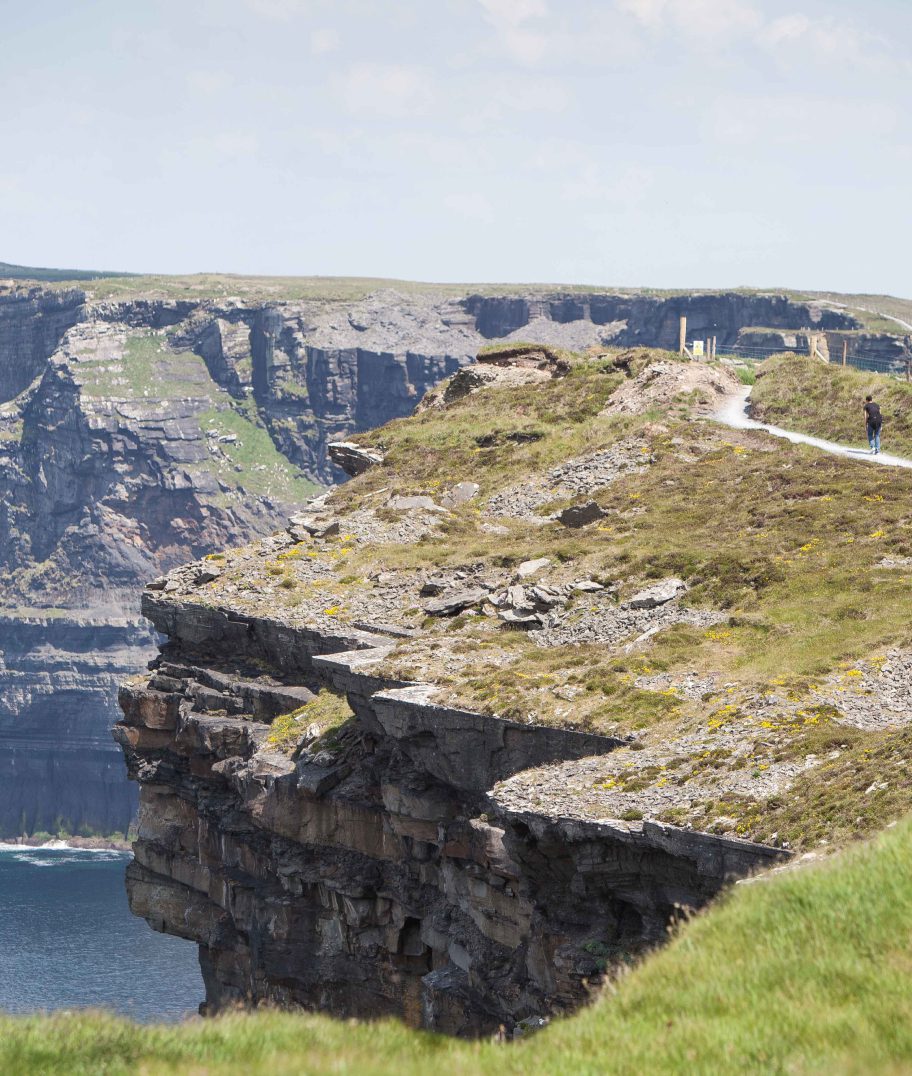ABOUT
THE BURREN REGION
ABOUT
THE BURREN REGION
The birth of this landscape began with the death of another. Under the sea some 360 million years ago, marine animals, plants, shells and coral accumulated over many thousands of years to form thick limestone beds.This compacting of marine life and subsequent limestone formation was unevenly distributed due to the movement of the oceans currents. In between these beds, areas of shale rock formed, which is less resistant to erosion, and so the resulting topography of the Burren is characterised by terraces and cliffs.
DISCOVER
CLIMATE CHANGE
Climate change is not a new phenomenon and our world’s history has been marked by several periods of extreme meteorological change. These periods were commonly referred to as ‘Ice Ages’, the most recent of which started around two million years ago. Since then, the Burren has been covered by ice several times, the last known period of ice cover ending 12,000 years ago. The limestone pavements, a distinguishing feature of the Burren landscape, are a consequence of glacier ice scraping away the surface debris of soil, stones and the topmost layer of rock. This exposed a massive un-eroded rock surface when the ice melted.
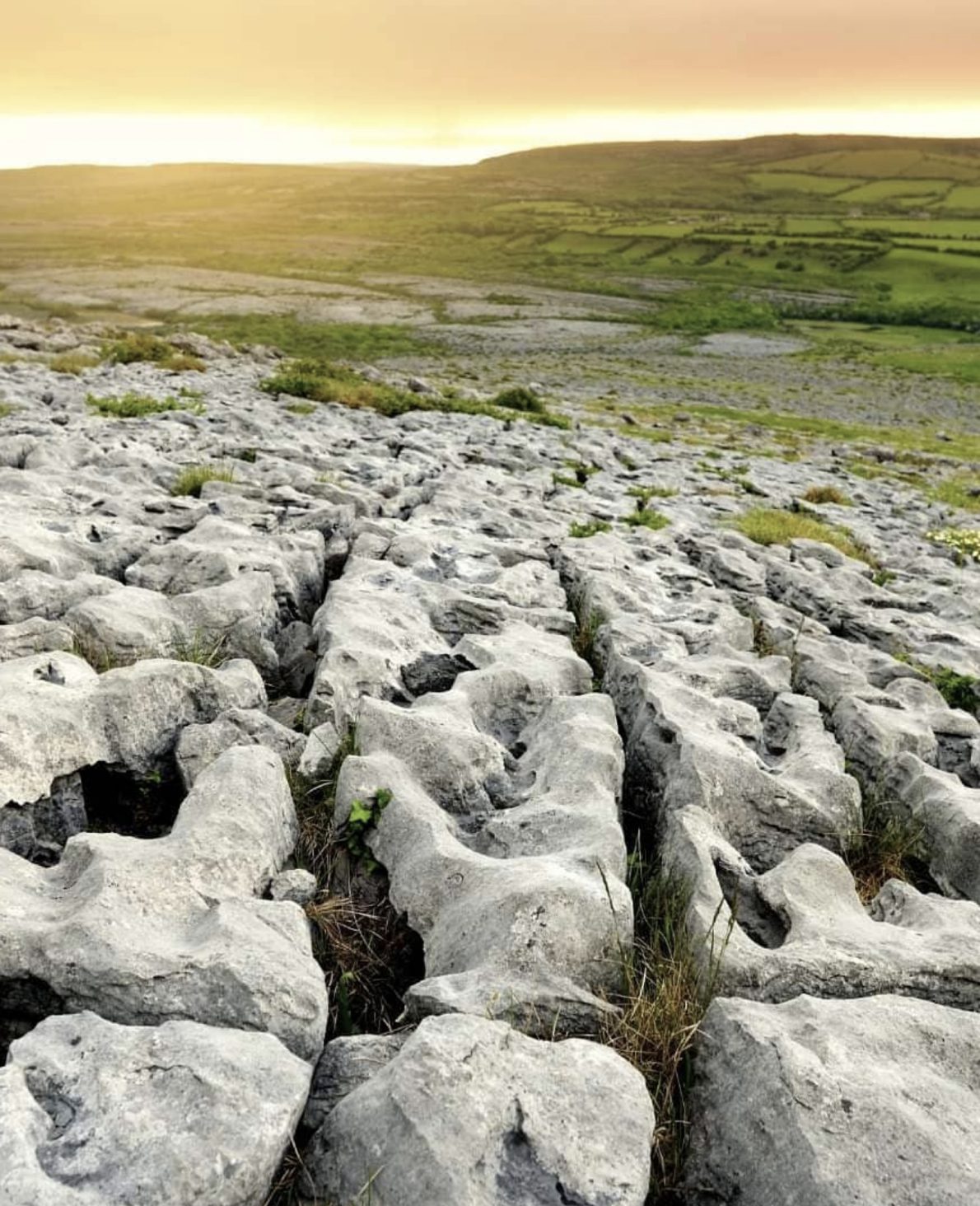
discover
Geology
The rolling hills of Burren are composed of limestone pavements with criss-crossing cracks known as “grikes”, leaving isolated rocks called “clints”. The region supports arctic, Mediterranean and alpine plants side-by-side, due to the unusual environment. The limestones, which date from the Lower Carboniferous era, formed as sediments in a tropical sea approximately 350 million years ago. The strata contain fossil corals, crinoids, sea urchins and ammonites.
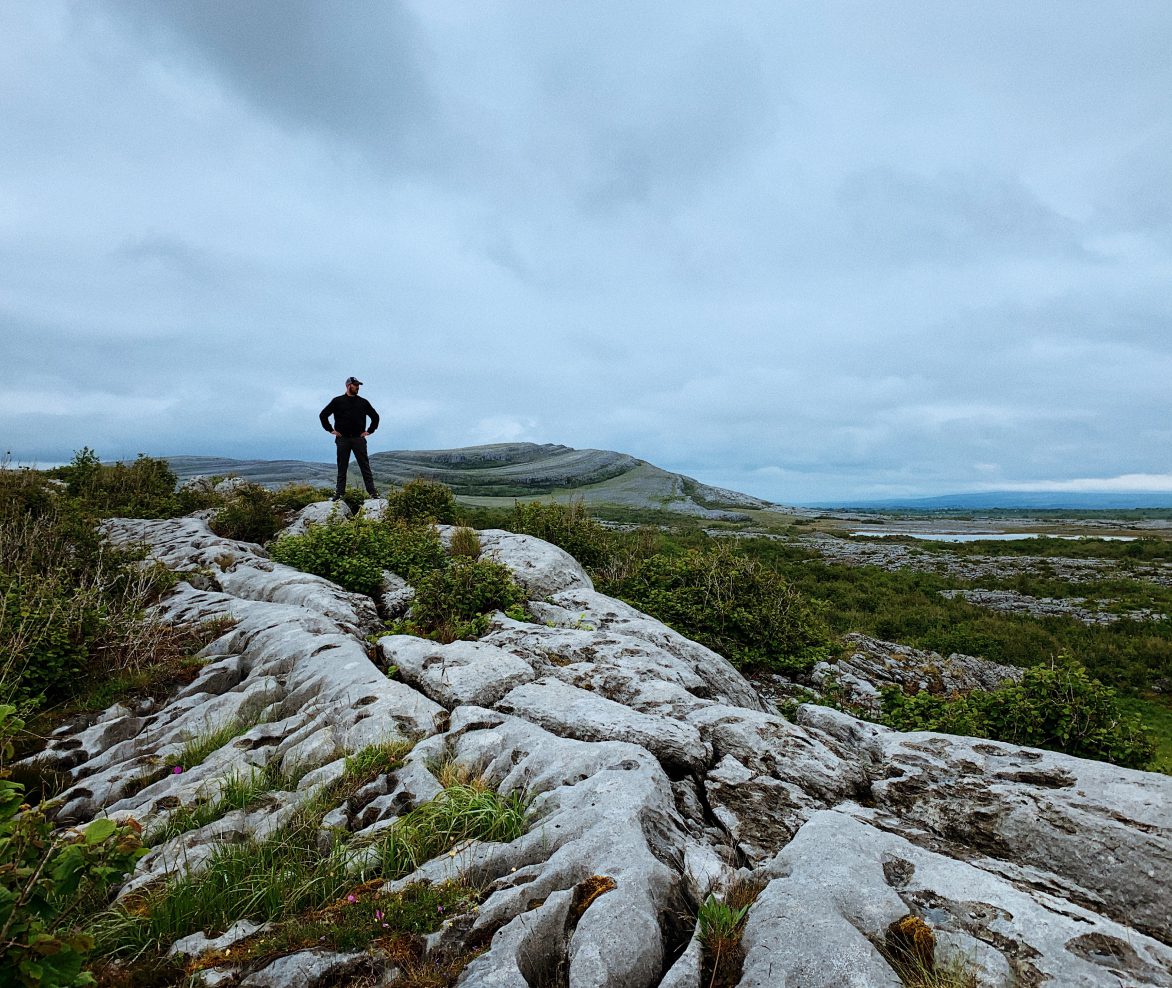


explore
flora & fauna
The Burren is renowned for its remarkable assemblage of plants and animals. The region supports many rare Irish species, some of which are only found in this area. Others occur in similar karst areas in western Ireland. Notable insects present in the Burren include the Pearl-bordered Fritillary Boloria Euphrosyne butterfly, Brown Hairstreak Thecla betulae butterfly, Marsh Fritillary Euphydryas aurinia butterfly and the Wood White Leptidea sinapis butterfly.
explore
join us at doolin cave and experiENCE MILLIONS of years of history in the making.
about
GALLERY
